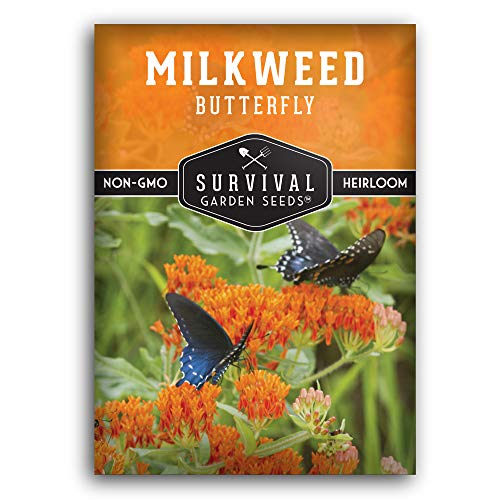Be inspired to transform your garden this fall and winter – with seasonal planting ideas from New York City's High Line
The resilient planting of the world-famous High Line garden is spectacular at all times of the year
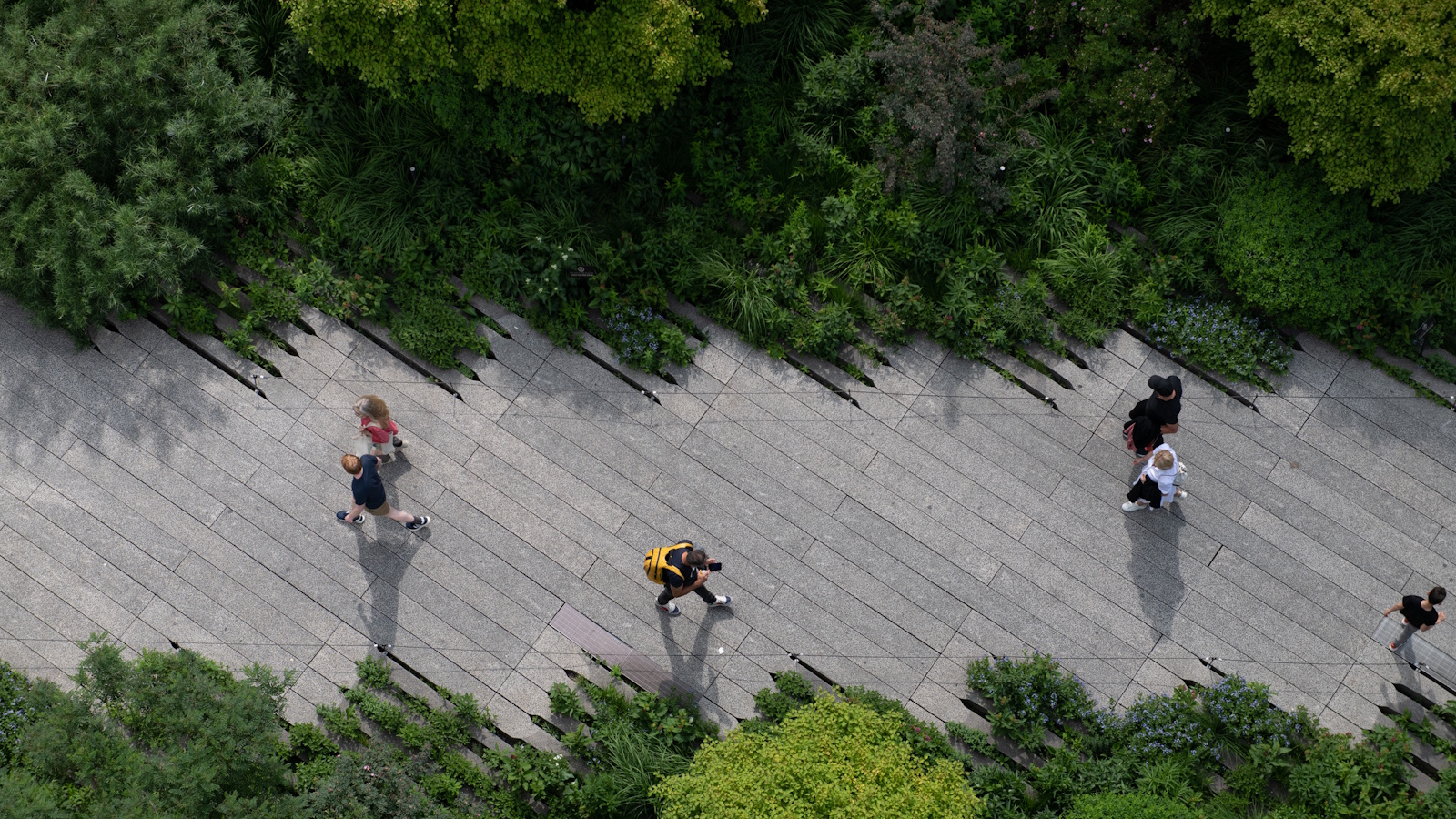

When considering what perennials, shrubs and trees to add to your garden, it is always best to choose plants that can provide interest in fall and winter. While we all enjoy the bounty of spring and summer, with lush greenery and colorful blooms, having plants that add form and texture to your outside space during the coldest months of the year is important.
The 2.3km long New York City High Line can teach us many things, not least about the most resilient plants to grow in urban environments. It is also impressive in terms of plant species that can dazzle during fall and winter, showcasing seasonal brilliance even as the temperature drops.
So, if you are keen to make the most of your yard at all times of the year, drawing inspiration from the High Line is a good idea. Whether you have a small urban rooftop garden or a large suburban backyard, the following plants will not only survive the fall and winter months, but shine.
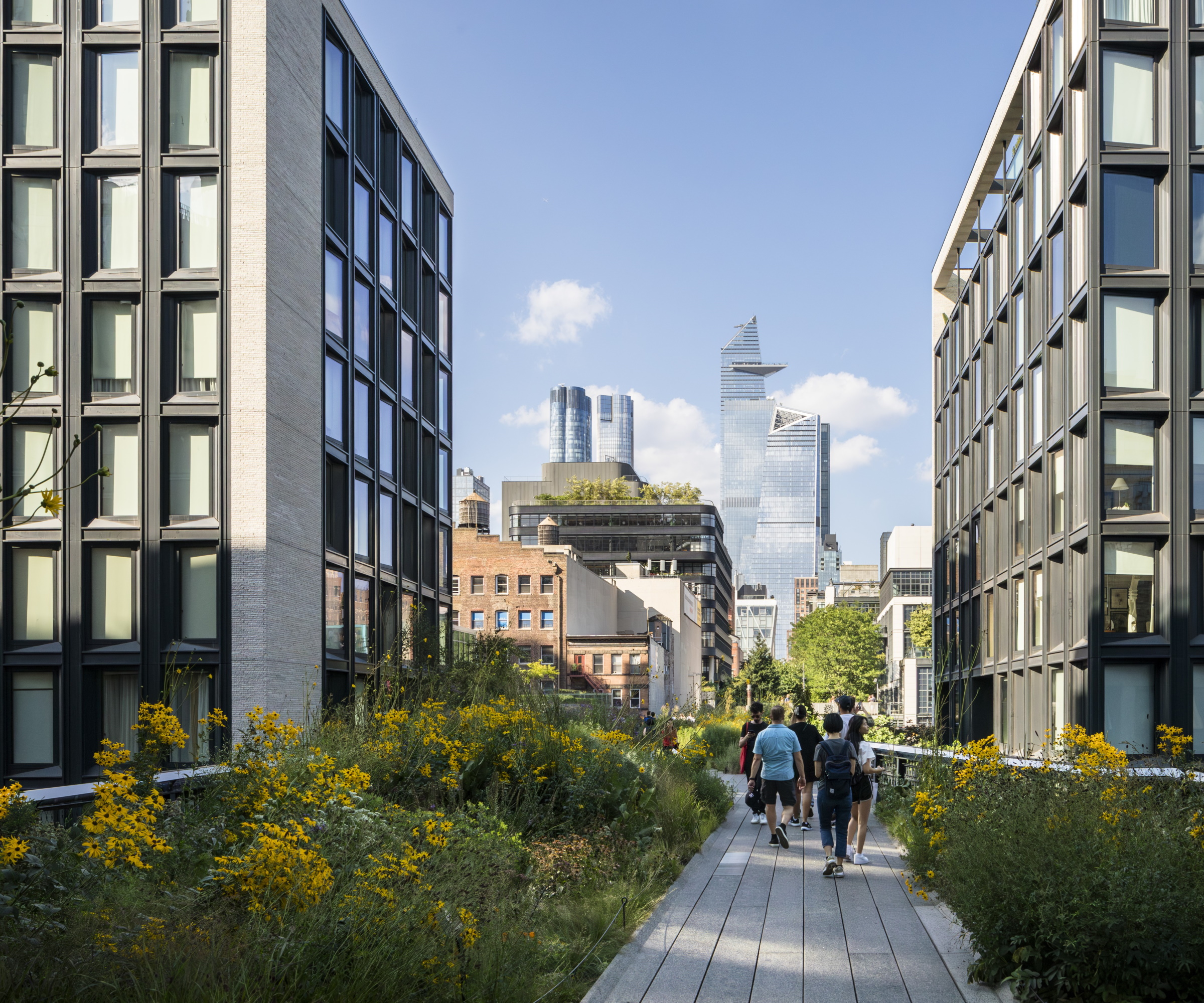
Solidago, or goldenrod, is a plant that can bloom late into the summer and fall and is used to great effect on the High Line
High Line fall and winter plants
The High Line was designed by Piet Oudolf, Dutch garden designer and leading figure of the New Perennial Movement. While the High Line is limited in width and soil depth, this public garden showcases how challenging urban environments can be transformed into tranquil, lush havens, all it takes is a little care and planning.
Here, Richard Hayden, the High Line's Senior Director of Horticulture, reveals some of his favorite plants that add seasonal flair to this remarkable space.
1. Butterfly milkweed

The brown seedpods of milkweed, Asclepias tuberosa, can look particularly interesting in the fall and winter
'Butterfly milkweed, Asclepias tuberosa, is one of the most important native self-seeding flowering plants of the High Line,' Richard says.
'Growing throughout the Western Rail Yards section of the gardens, this perennial will soon become the official wildflower of New York City. It has beautiful fall interest, with sinuous seed pods fading from green to tan that begin to split open as winter nears. As you can see, the silky seeds begin to float away on the breeze.'
In terms of learning how to grow milkweed, this native is hardy down to US hardiness zone 3, thriving in different soils and terrains across North America. For the best results, plant it in a sunny location, where you can enjoy plenty of flowers in summer and seed pods in the fall and winter months.
What's more, this perennial is a host plant for the monarch butterfly, so if you want to support wildlife in your yard, milkweed is a good choice.

Richard Hayden is the senior director of horticulture at the High Line on the west side of Manhattan. He previously served as the Assistant Deputy Director at the Natural History Museum of Los Angeles County where he was the primary project manager for the reimagining of the La Brea Tar Pits Museum. He also oversaw the Nature Gardens, a wildlife habitat garden.
2. Thread-leaf bluestar

Golden yellow foliage of Amsonia hubrichtii, otherwise known as the thread-leaf bluestar is striking in fall
Growing from US hardiness zone 5 to US hardiness zone 8, Amsonia hubrechtii, or the thread-leaf bluestar is another plant that can provide superb year-round interest.
'This North American perennial is native to Arkansas and can grow in a variety of regions,' Richard says. 'It is considered a flood-resilient plant, while also tolerating drought and dry conditions. It is truly a plant for all weather.
'Delicate pale-blue flowers emerge in the spring, but the most spectacular season for the thread-leaf bluestar is the fall,' Richard adds. 'Come October and November, it begins an incredible transformation into a fuzzy golden bush that adds so much drama to the fall grassland gardens here. It becomes a golden backdrop for architectural seed heads like coneflowers and black-eyed Susans.'
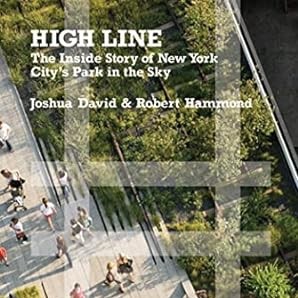
Ideal to give as a gift, this book tells the story of how the High Line came to be, with a focus on both plants and people from this world-famous garden.
3. Culver's root

The black seed pods of Culver's root, or Veronicastrum virginicum, can be left in borders to add interest in fall and winter
If you are looking for a native plant that steals the show in fall and winter, then culver's root, or Veronicastrum virginicum, is one of the best perennials to grow. Growing best in US hardiness zones 3 to 8, this species is found growing in wet to moist prairies and meadows across North America.
'Culver's root has such an interesting upright habit and unique texture,' Richard continues, 'with leaves appearing in whorls around the stem, arching up towards candelabra-shaped white blooms that are bee-magnets.
'As the flowers fade in summer, the seedheads remain and slowly age to almost black come winter time, looking picturesque in the frost and snow.'
4. Little bluestem

Little bluestem, or Schizachrium scoparium, has a feather-like texture in the fall months
Often considered one of the best native grasses for winter interest, Schizachrium scoparium, commonly known as little bluestem, provides a spectacular seasonal show. Growing best from US hardiness zone 3 to zone 9, this resilient prairie grass is one of the High Line's star plants as the seasons change.
'We have a couple of different little bluestem varieties on the High Line,' Richard says. 'Probably our favorite is 'Standing Ovation', a cultivar that has a wonderful upright structure and great bronzy fall color.
'I also enjoy 'Ha Ha Tonka', which was a Piet Oudolf selection. This variety has very feathery stems which are especially beautiful when backlit in the fall and winter light.'
5. Autumn moor grass

Autumn moor grass, or Sesleria autumnalis, takes on a golden color as the seasons change
'Autumn moor grass, or Sesleria autumnalis, is possibly the most numerous plant on the entire High Line,' Richard adds. 'This grass is a superb understory plant and adds great golden color in the fall months, with texture and movement all year long.'
Native to Europe, this ornamental grass grows best in US hardiness zones 5 to 8, reaching a height of two to three feet. This plant thrives in full sun or dappled shade and tends to do better in free-draining soil.
Autumn moor grass live plants are available to buy online from Amazon.
FAQs
Which fall-flowering plants work for pots on a balcony?
If you are looking for winter or fall planter ideas, try growing autumn moor grass alongside coneflowers or black-eyed Susans. I find that grasses and perennials planted together in a pot make for a long-lasting display. Flowers should last for much of the summer and fall, and grasses can be left until the early spring to be cut back, providing a seasonal High Line display.
'Like any good parent, I am not supposed to have favorites,' Richard says, 'but there is one section of the High Line that I particularly enjoy during fall. The Chelsea Grasslands take center stage at this time of year, with bluestem grasses and compass plants reaching their dramatic denouement, while purple asters and switchgrasses create an interesting textured composition.'
For more inspiration, see our guide on the best shrubs for fall berries, to fill your borders with red, black and white fruit this fall and winter that will prove popular with birds during the cold months.
Sign up to the Homes & Gardens newsletter
Design expertise in your inbox – from inspiring decorating ideas and beautiful celebrity homes to practical gardening advice and shopping round-ups.

Thomas is a Content Editor within the Gardens Team at Homes and Gardens. He has worked as a professional gardener for both public spaces and private estates, specializing in productive gardening, growing food and flowers. Trained in Horticulture at the Garden Museum, he has written on gardening and garden history for various publications, including The English Garden, Gardens Illustrated, Hortus, The London Gardener and Bloom. He has co-authored a Lonely Planet travel book, The Tree Atlas, due out in 2024.
-
 Walton Goggins' unorthodox, boho chandelier taps into the lighting trend defining dining rooms in 2025 – here's how to recreate the elegant style
Walton Goggins' unorthodox, boho chandelier taps into the lighting trend defining dining rooms in 2025 – here's how to recreate the elegant styleThe White Lotus Season 3 may be over, but the actor's pendant lighting represents a timeless style that's sure to last for years to come
By Sophie Edwards Published
-
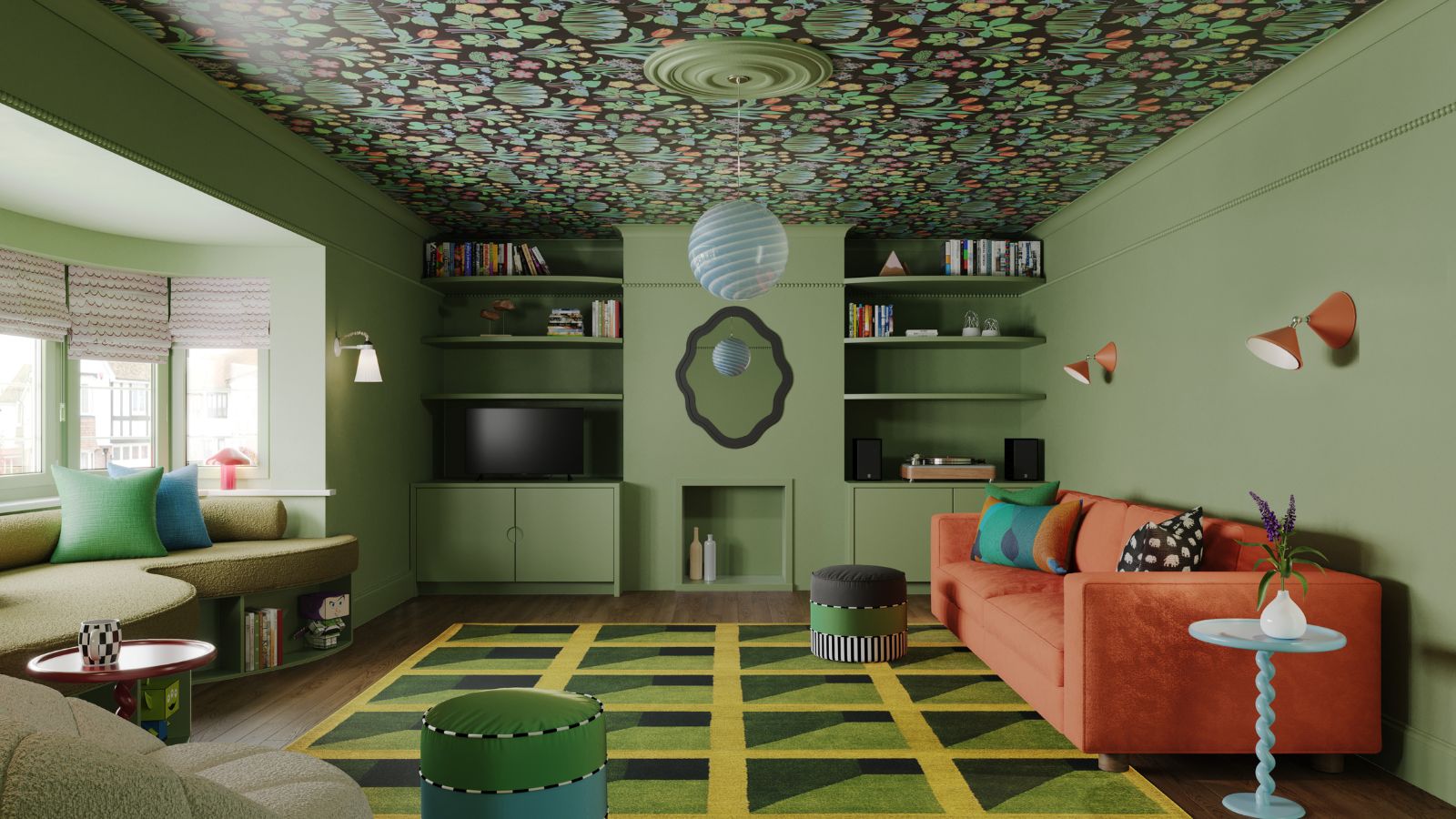 5 decorating trends you thought you hated that are making a return in 2025
5 decorating trends you thought you hated that are making a return in 2025We spoke with top interior designers, who opened our eyes to how trends we thought everyone hated are actually back for 2025
By Pip Rich Published
-
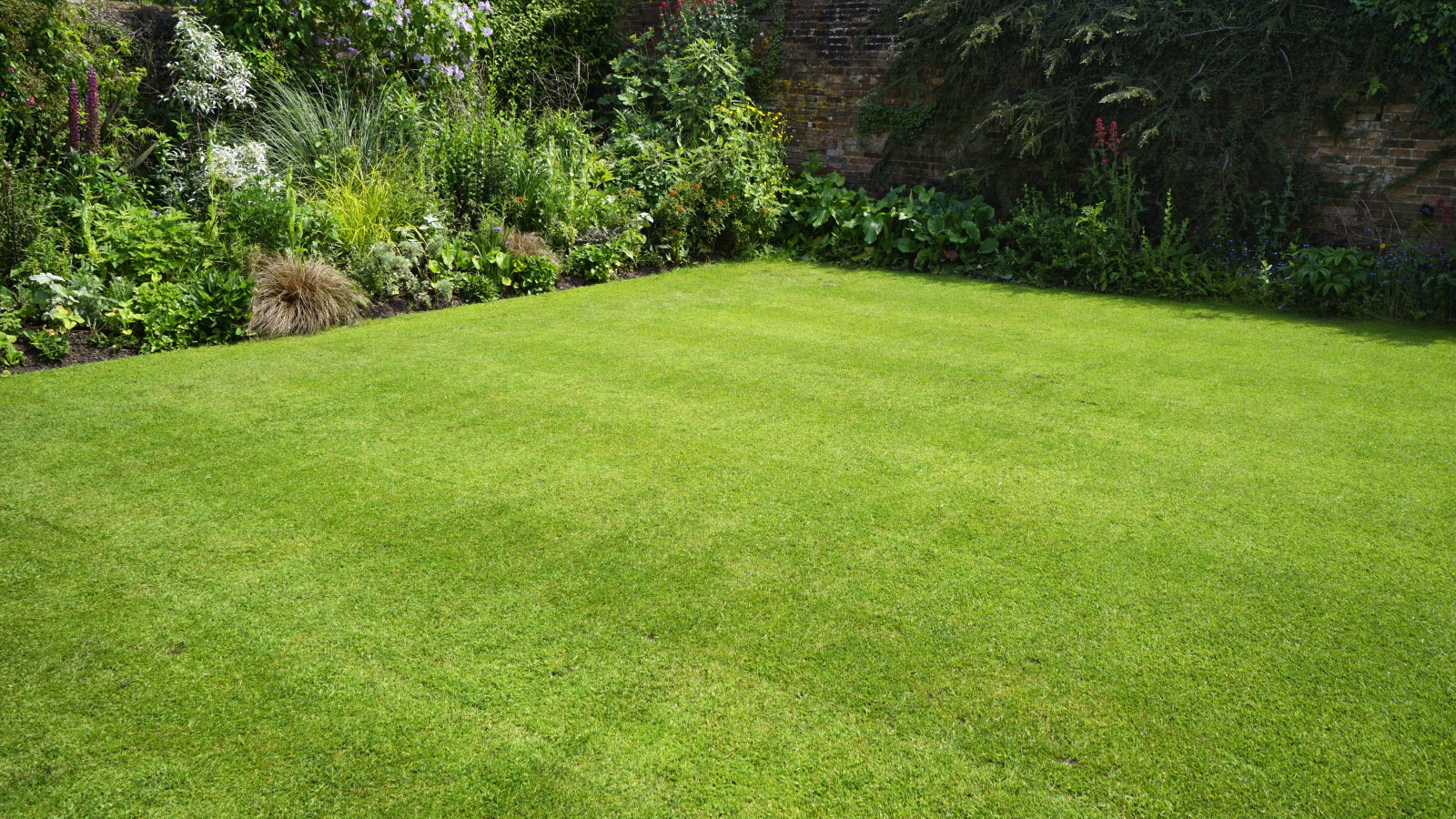 I'm a lawn care expert, and always do these 7 jobs in April to ensure thick, green grass all summer long
I'm a lawn care expert, and always do these 7 jobs in April to ensure thick, green grass all summer longTransform your lawn with these simple yet highly effective April lawn care tasks
By Drew Swainston Published
-
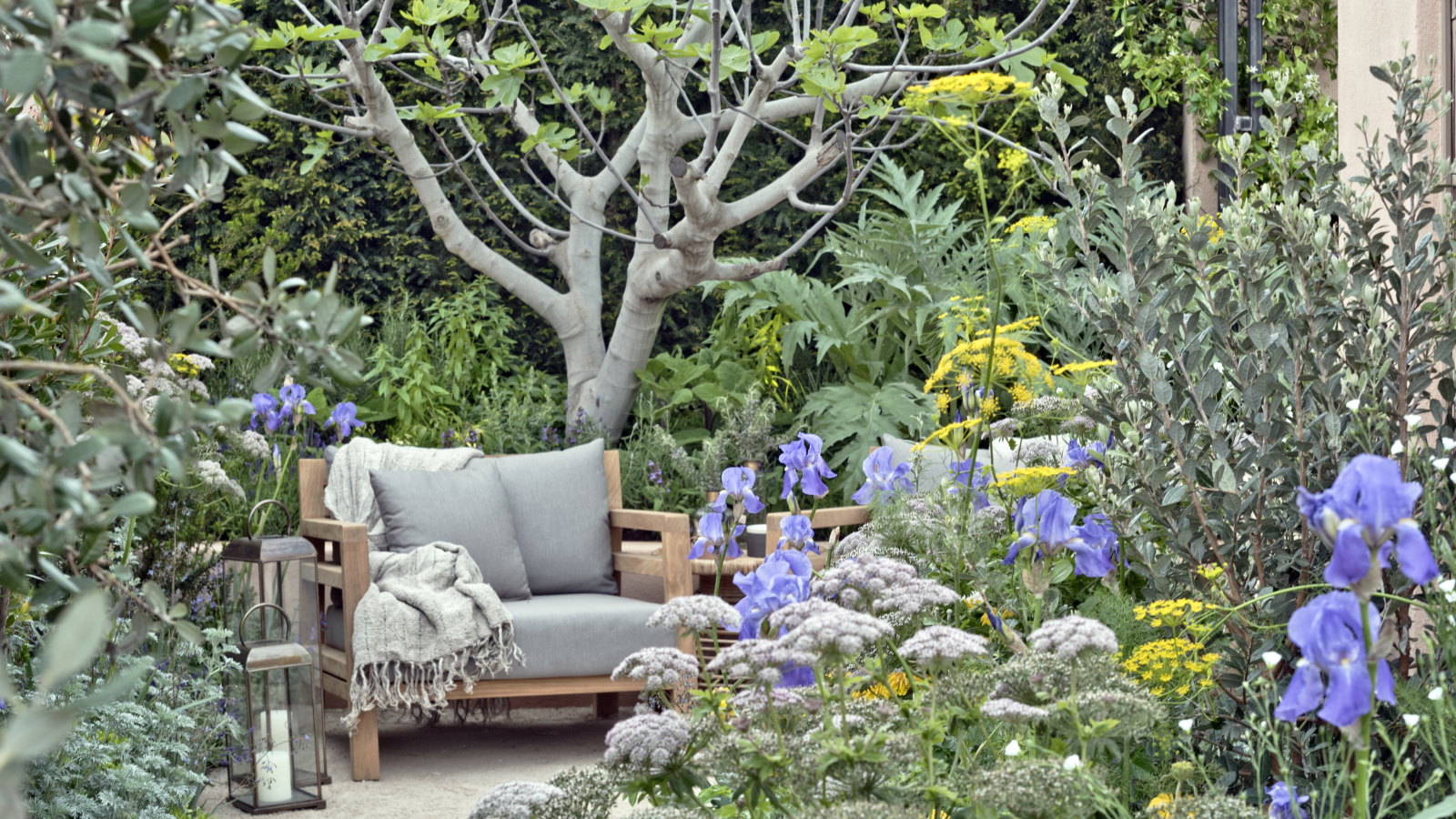 Horticulturists urge you to prune these 7 plants in April – for healthy growth and better-than-ever flowering displays
Horticulturists urge you to prune these 7 plants in April – for healthy growth and better-than-ever flowering displaysDiscover a key selection of plants to cut back this month, with expert pruning advice
By Drew Swainston Published
-
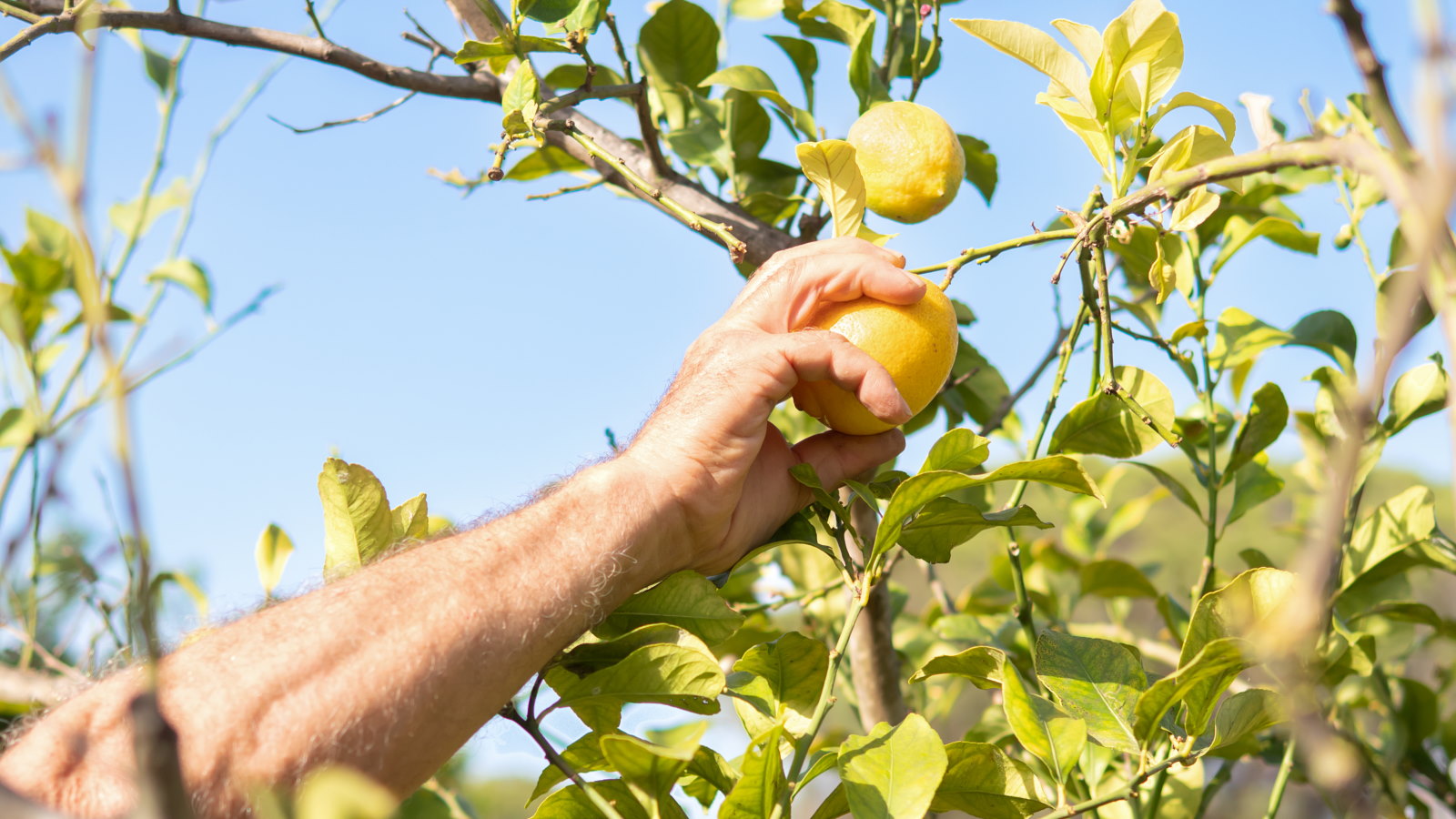 7 fruits to plant in April for years of tasty homegrown harvests, plus expert planting tips
7 fruits to plant in April for years of tasty homegrown harvests, plus expert planting tipsAn exceptional selection of fruit trees and soft fruit can be planted this month
By Drew Swainston Published
-
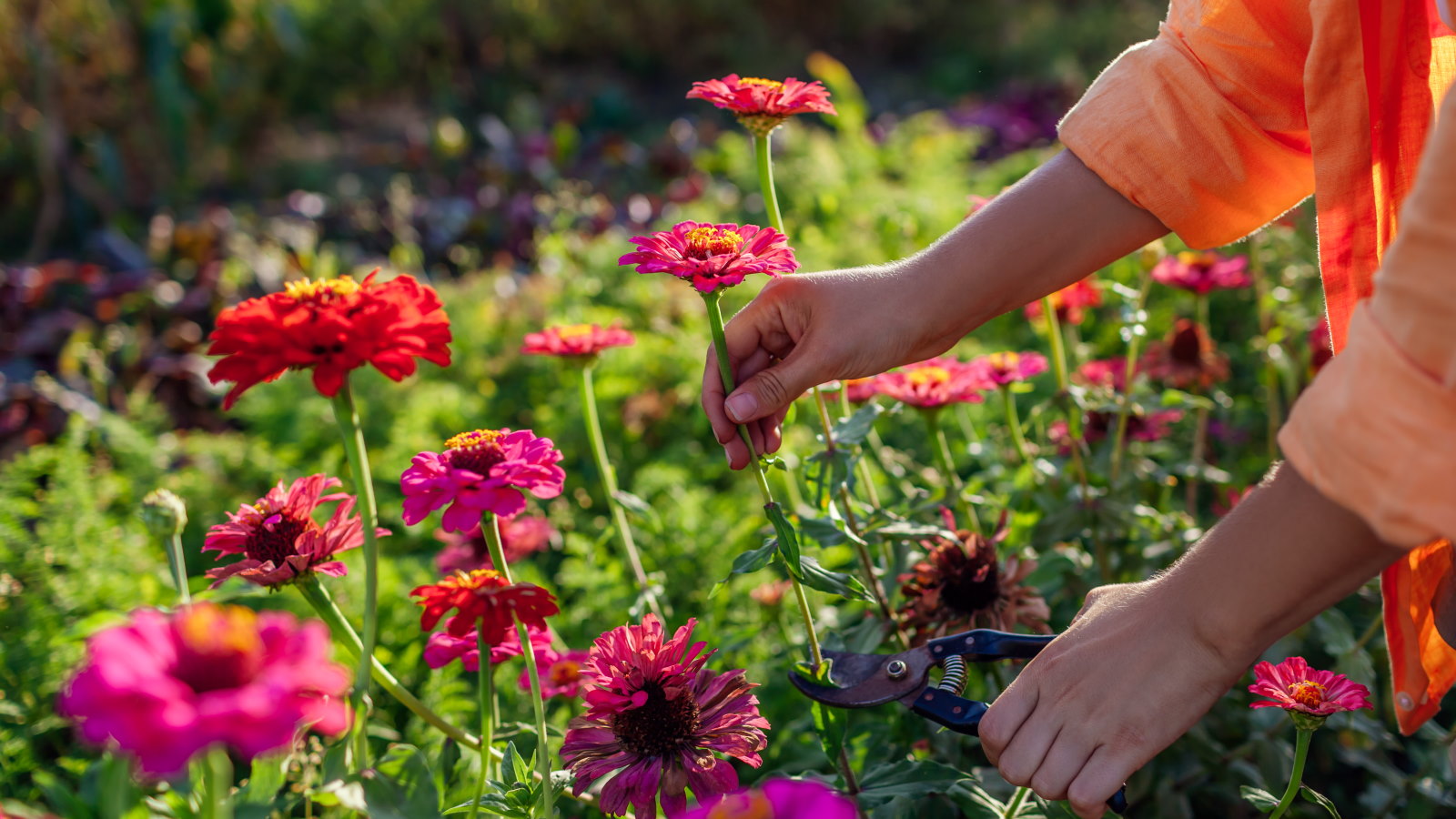 7 dazzling cut flowers to plant in April for bountiful blooms to enjoy in bouquets, vases, and displays this summer
7 dazzling cut flowers to plant in April for bountiful blooms to enjoy in bouquets, vases, and displays this summerDiscover sowing tips from an expert horticulturist
By Drew Swainston Published
-
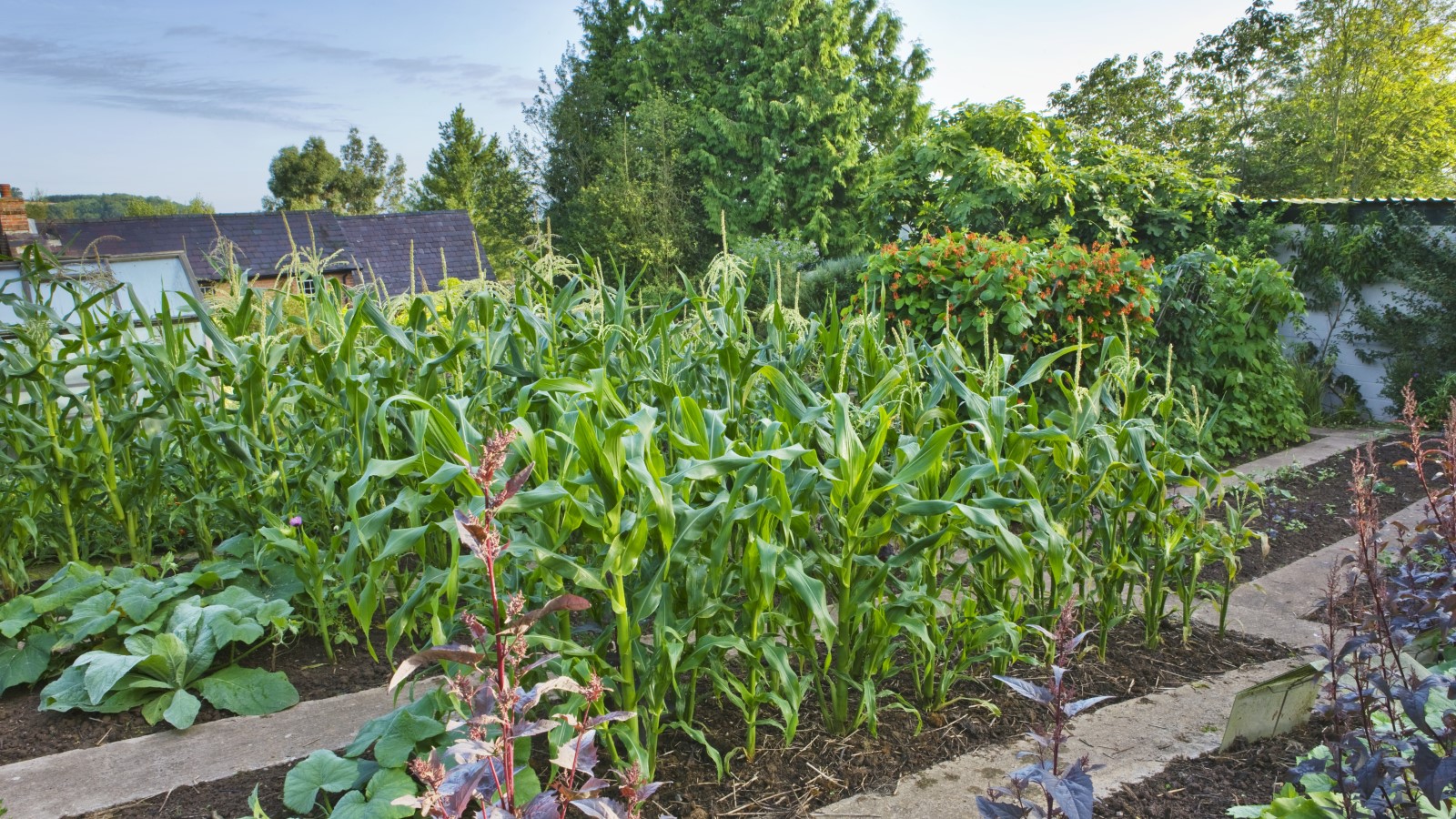 7 of the best vegetables to plant in April, with sowing tips from an experienced grower for bumper harvests
7 of the best vegetables to plant in April, with sowing tips from an experienced grower for bumper harvestsFrom broccoli to zucchini, April is a fantastic time to plant a wide range of vegetables
By Drew Swainston Published
-
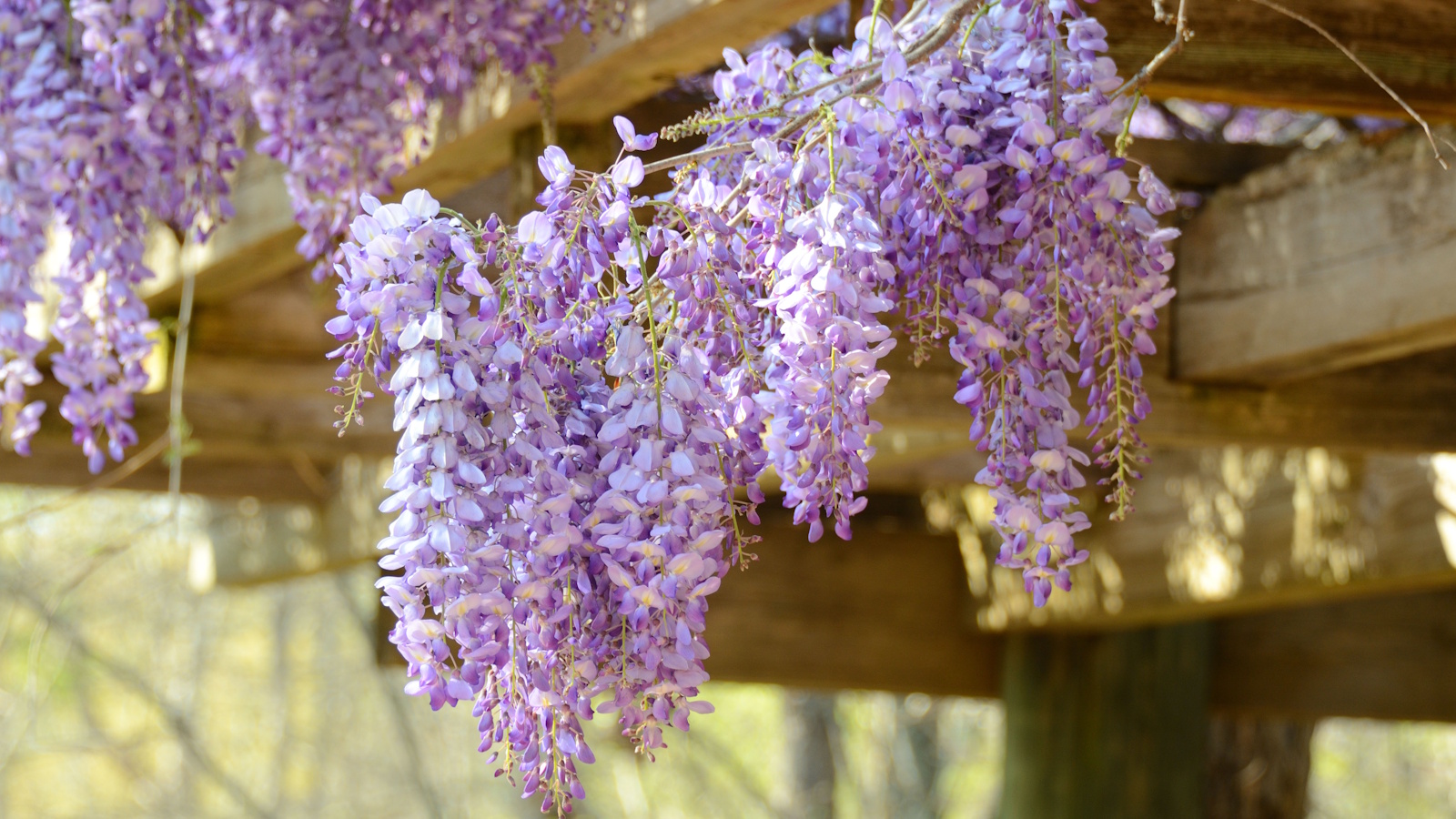 Best fragrant spring-flowering perennials – 5 charming choices to infuse delightful scent in your yard this season
Best fragrant spring-flowering perennials – 5 charming choices to infuse delightful scent in your yard this seasonSpring is full of so many beautiful aromas, uplifting our yards and making them an even more pleasant place to be
By Tenielle Jordison Published
-
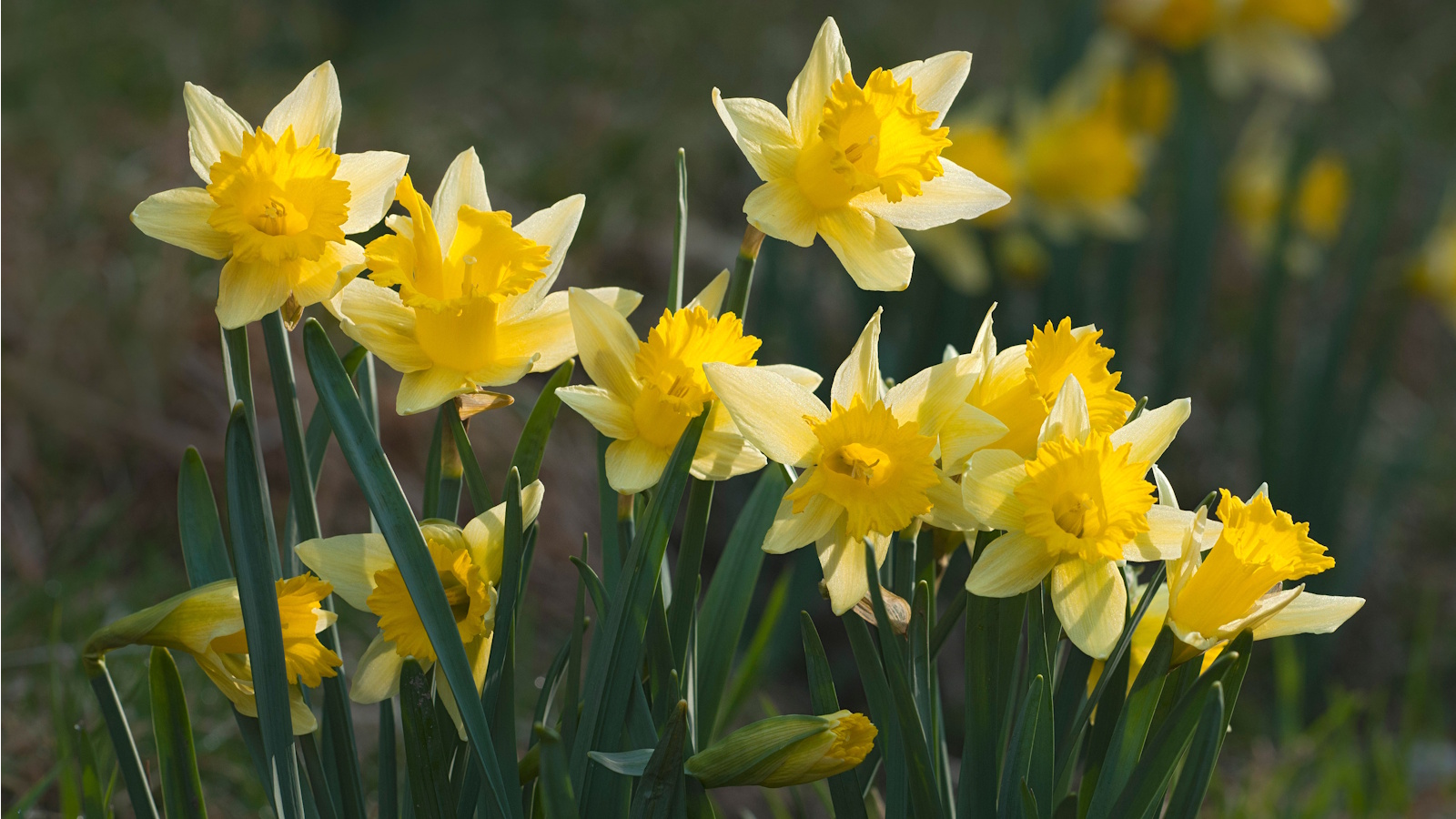 Is it too late to plant daffodil bulbs in March? Expert advice on making late planting a success
Is it too late to plant daffodil bulbs in March? Expert advice on making late planting a successThese stars of spring should be planted in fall, but that doesn't necessarily mean you've missed your opportunity once spring comes around
By Tenielle Jordison Published
-
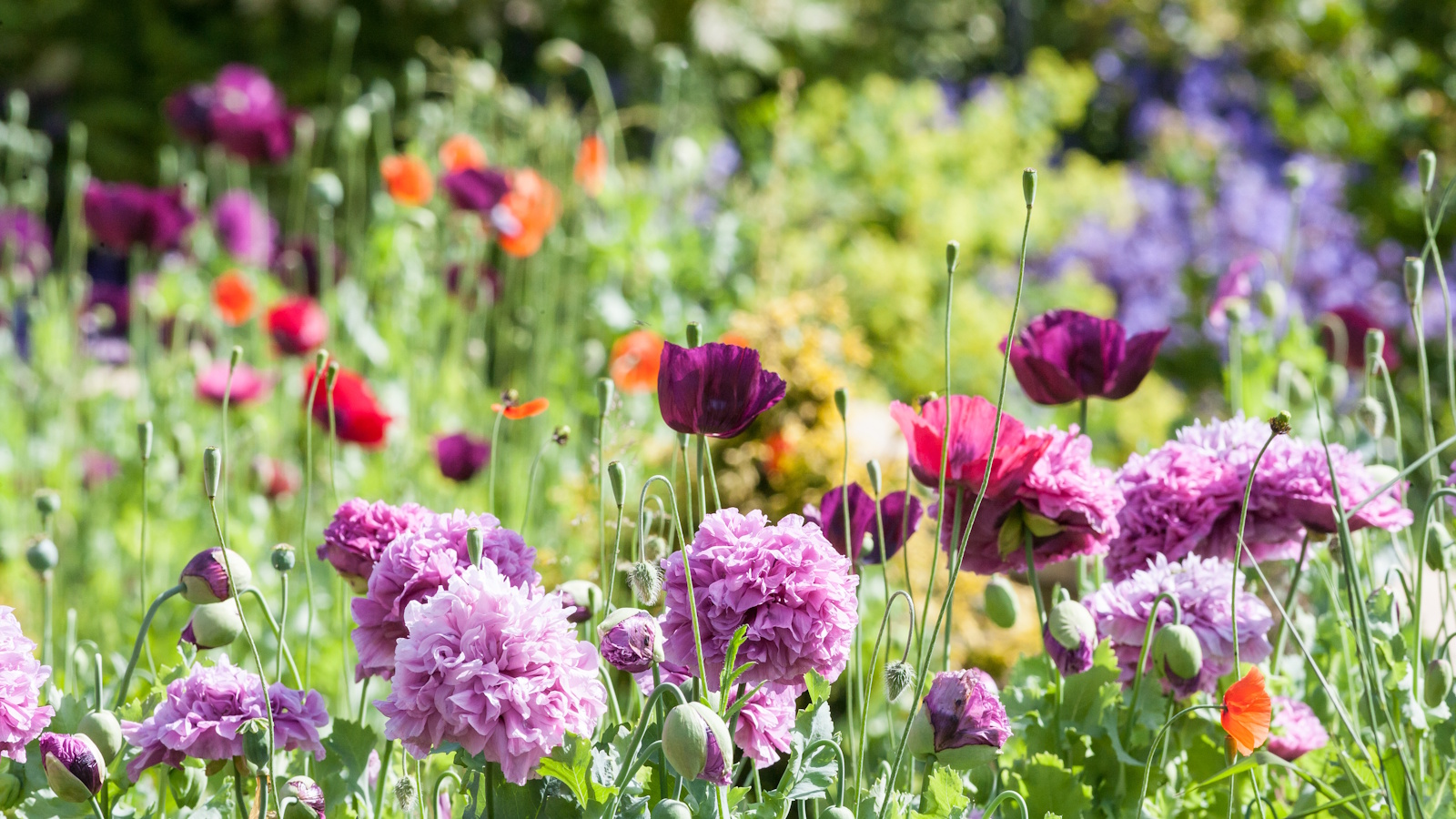 Do these 5 early-spring garden tasks right now, experts say, for an abundant growing season ahead
Do these 5 early-spring garden tasks right now, experts say, for an abundant growing season aheadNow is the perfect time to prepare your backyard for a successful gardening year
By Tenielle Jordison Published
